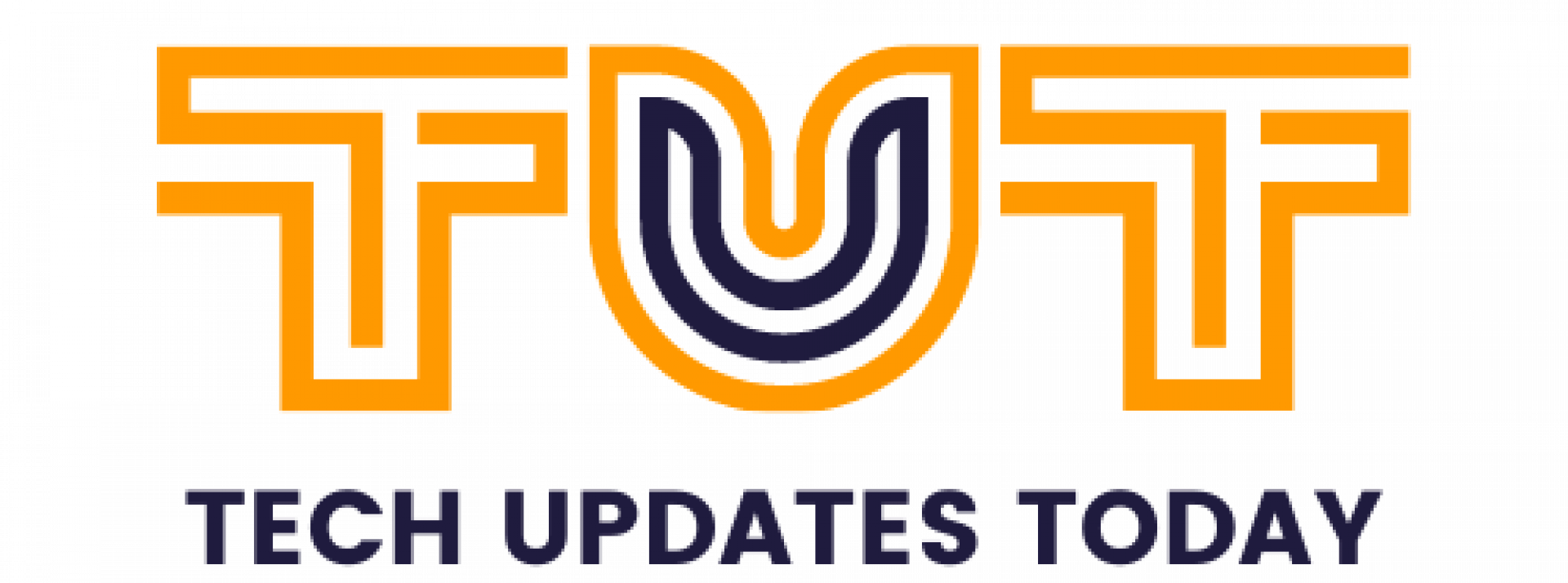The Important Thing Is To Run Towards Business

Run Towards Business, Every morning in Africa, as the sun rises, a gazelle wakes up and knows it will have to outrun the lion or it will be killed. Every morning in Africa, as the sun rises, a lion wakes up and knows that he will have to outrun the gazelle or he will starve. Every morning in Africa, as the sun rises, it doesn’t matter whether you are a lion or a gazelle; the important thing is that you start running. ”
I would start from this well-known African proverb to propose a reflection on the time we are living, on the difficulties we are facing, and on the opportunities, we are exploiting or losing.
It’s a proverb often used by coaches in motivational courses to encourage people to do their best. The similarity with the market – “the gazelle” (which runs so as not to be eaten) and with the entrepreneur (“the lion” who has to run faster to seize the opportunities of a constantly evolving and moving market) wants to lead us to this conclusion: what really matters is to get up and run to try to grab the opportunities of an ever faster market, get up and run to try to feed our hunger for business (understood as expansion) or to consolidate the business. Already. Run. However, running does not always represent the best opportunity.
Table of Contents
Run where?
Sometimes we get so caught up in the ordinary system that we don’t ask ourselves where we are running to. To understand this, we need to stop, isolate ourselves and reflect on where we want to run. It is necessary to define which objectives we want to achieve and to consider the difficulties and the benefits that we will derive from them once achieved.
We must therefore look to the future and be able, as entrepreneurs, to predict where the market will run in order not to have to chase it or try to run faster to reach it but to anticipate it and wait for it where we assume it will arrive. This process allows us to save strength, use our energies better, and reach our goals. Nice, but how to predict the future?
Learning from the past
To predict the future, we need to analyze the past. It is certainly not easy, but it is not impossible. As a consultant, often when I invite the entrepreneur to look to the future, to break out of patterns that are now part of his DNA, I feel the answer, “we have always done this, and it has always gone well.” This statement starts from a wrong concept because it does not take teaching from the past but LIVES in the past.
In the past, on the contrary, we should understand how market choices have evolved due to industrial innovations, technological innovations, and innovations in communication. How these innovations have influenced and how much they have affected the evolution of the market, its ability to create demand, and its ability to respond to consumer demands.
A bit of history
What was the industrial world like in the early 1960s? There were two development factors: on the one hand, a great demand for goods and services, and on the other, a great supply of labor. Whatever the level of educational, it was enough to work. These two factors have allowed companies to grow, allowing the system to overcome moments of difficulty (energy crisis of the 70s) and arrive solid and competitive until the 90s.
There, the system began to deal with the globalization of markets and the increase in education. These two new positive factors have contributed to the enlargement of the market and the possibility of raising the level of services. Still, they have also put entrepreneurs in a limbo where the growing demand for goods and services must, at the same time, and paradoxically, deal with the growing difficulty of companies to satisfy it due to various factors.
First of all, the lack of availability to work, because from the end of the 90s, people began to look for no longer just a job capable of giving dignity, but a job corresponding to their needs. And the order of priorities was reversed: free time was no longer a consequence of the time that was not dedicated to work, but it was one’s own needs that defined the time that individuals were willing to devote to work.
The continuous and growing need for energy in all sectors, not only in the purely industrial one, has produced such dependence as to lead to the continuous growth of the costs of the same, just as the growing demand for electronic material has brought some materials to exorbitant prices. And here we are: companies are caught in the need to plan objectives and results, running towards business but having to deal with new uncertainties and fears. Fortunately, the present also provides us with new tools.
New tools
However, a radical change of mentality is necessary to benefit from these tools. It is necessary to know that what has been built must be adapted and modernized. We need to evolve the concepts underlying our training. To think about building the future, it is necessary to know the tools today makes available to us. Programming objectives and results today necessarily want to become aware that every production activity cannot ignore an energy analysis and one’s own energy needs in the broadest sense of the term, thus leaving the simple scheme energy = consumption of electricity, but considering energy everything that it allows us to create movement, i.e., energy = electricity consumption + gas consumption + fuel consumption.
An energy efficiency plan becomes a priority: thanks also to the recent funds made available to the PNRR, it is possible to effectively program objectives and analyze their costs and benefits. Planning future goals means becoming aware of the needs of human resources and how skills and values have changed. It is necessary to be aware of the fact that today individuals have developed a different concept of time/work. The entrepreneur today must share work values, which can and must be shared as people today need satisfaction, motivation, and recognition in addition to wages. To be able to do this, it is necessary to invest in continuous technical training, personal training, and corporate welfare.
Technology
Planning goals today also requires technology. In any sector, it is necessary to invest in technology to manage any information process. The information flows from one production sector to another, from one office to another, or from one company to another, constantly increasing and requiring ever greater time and precision. Carefully managing the level of information and equipping themselves with the right technology degree allows companies of all types and levels to achieve degrees of efficiency and competitiveness.
Once again, the watchword is knowledge and training. Knowledge and training help us identify our current needs and understand how to satisfy them, which are necessary for planning development and growth. It is good to know that today even investments in technology can benefit from the funds made available to the PNRR. Running towards business is necessary, but running towards clear and defined goals with adequate and modern tools is necessary. It is not necessary to chase but to anticipate the business.
Also Read : VoIP: When The Rumor Runs On The Web
